Support
 Extended Depth of Field (EDF)
Extended Depth of Field (EDF)
Scan Mode
Information in this article applies to:
- uScope Navigator V4.5 and Later
Article ID: NSC1206 — Created: 21 Aug 2019 — Reviewed: 15 Nov 2020
Summary
uScope Navigator v4.5 adds support for EDF (Extended Depth of Field) image composition. This support is composed of several processes:
- Multi-Layer Scanning (Image Stacking)
This process involves selecting the region to scan as well as the depth of focus and number of layers to capture. Scanning multiple focus levels for each field increases the scan time proportionately. - EDF (Extended Depth of Field) Compositing
This process involves selecting the best-focused parts of each layer from an image stack and combining them into a single image where everything is in focus. This process is may be time-consuming depending on the performance of your PC. - Stitching the Composite EDF Images
After creating the EDF image set for the multi-layer scans, the composite images must be analyzed to determine the required overlap and offset for stitching. - Creating a Whole Scan Image
And finally, a whole slide image of the EDF image set is created.
These tasks are described in details below.
- Multi-Layer is synonymous with Z-Stacking and Image Stacking.
- Creating EDF images requires an additional software license. Please contact our sales department for more information.
- Creating Multi-Layer images does not require an additional software license.
Multi-Layer Scanning
Multi-Layer Scanning (Z-Stacking or Image Stacking) involves taking several images at each scan field position at different focus points. The number of images in the stack depends on two (2) things:
- Depth of Field of the Objective
Different power objectives have different depth of field (the thickness of the specimen that is in focus without moving the objective). Higher power objectives have narrower depth of field (less of the specimen is in focus) while lower power objectives have wider depth of field (more of the specimen is in focus). - Thickness of the Specimen
It should come as no surprise that thicker specimens require a larger image stack than thinner specimens.
Refer to Multi-Layer Focus Scan Settings for more information on the Multi-Layer Focus settings.
Creating EDF/Multi-Layer Images
Multi-Layer images are created by combining the images from a single Z level into a large, whole scan image. This is enabled in the Create Whole Scan Image dialog.
EDF images are created by an Extended Depth of Field (EDF) algorithm which combines the best focused parts of each image in the Z-Stack. A composite image is created where every pixel is best focused pixel available from the stack of individual images. This is enabled by a checkbox in the Create Whole Scan Image dialog.
- Refer to Creating Whole Scan Images for Multi-Layer Scans for more information on the Create Whole Scan Image dialog.
Stitching EDF/Multi-Layer Images
After each field image is (optionally) processed by the EDF algorithm, they are stitched and combined into a large, whole scan image by the uScope Navigator Application.
The whole scan images for each layer are created after the EDF whole scan image.
Viewing EDF/Multi-Layer Whole Scan Images
The uScope Navigator Deep-Zoom image viewer has been enhanced with a layer selector (focus knob) and a checkbox to select the EDF image.
- Refer to Viewing Multi-Layer (Image Stack) Scans for more information about viewing EDF/Multi-Layer scans.
Related Articles
- Poor Stitching on All Scans
Whole Scan Images - Images for Scan Columns 1 & 2 Do Not Overlap Correctly
Scan Mode - Multi-Layer Scan Issues
Deep Zoom Images